Review: Samsung Galaxy S Relay 4G for T-Mobile
Sep 27, 2012, 9:02 AM by Eric M. Zeman

T-Mobile fills a spot in its lineup with the Galaxy S Relay 4G. This smartphone offers a QWERTY keyboard, Android 4.0, a 4-inch display, and speedy data. Phone Scoop puts the Relay through its paces so you don't have to. Here's what we think.
Form
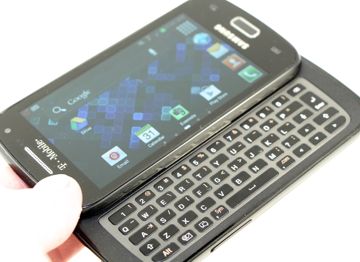
Is It Your Type?
The Galaxy S Relay 4G for T-Mobile is a compact smartphone the includes a respectable number of features in addition to a slide-out, physical keyboard. For the smartphone user who needs real keys and wants performance in a smaller footprint, the Relay has merit.
Body
The Samsung Galaxy S Relay 4G (Relay) is no Galaxy S III nor Note II. It is significantly smaller than its flagship brothers, and doesn't have quite the design aesthetics, either. It tones everything down in favor of function over form. It is also nearly indistinguishable from a half dozen other smartphones fielded by Samsung this year. It's somewhat boring and conservative; it's a wallflower attending the smartphone party.
Its bar-of-soap shape — which is to say somewhat chunky with rounded corners — is necessary to add the QWERTY keyboard. Keyboards almost always add thickness to a device, and the Relay is no exception. Despite the chunky look, the Relay is comfortable to hold, as it fits snugly in your palm. It has a mix of glossy and matte finishes, with the battery cover wearing the matte. The battery cover also has a minimal texture that adds grip. I'm able to wrap my hand all the way around the Relay without trouble.
The Relay's four-inch display is surrounded by plenty of bezel, though it's not an egregious amount. The Relay has an actual, physical button for the Android home function. It has one capacitive button to either side for the menu and back functions. All three controls work well. The physical button, in particular, has pleasing travel and feedback.
The volume toggle is on the left. It's easy to find and use, but the travel and feedback are disappointing. The same goes for the lock button on the right side. It's too mushy for such a vital key. The headphone port and microUSB port are on the top and bottom of the Relay, respectively.
Thanks in part to the grippy back surface, the slider mechanism is easy to use. I found the Relay didn't want to jump from my hands when opening the slider; it remained firmly in my grasp and slid open easily. It has a bit of spring assistance to help both open and close it. The mechanism feels strong and well built
Speaking of which, the Relay in general feels pretty solid. The materials aren't necessarily the best available but the device is well put-together.
Moving on to the keyboard. It's a five-row job that gives the number keys a row to themselves. The middle three rows are reserved for letters, and the bottom row is mostly control buttons. There's a dedicated email button and a dedicated text message button. The period and comma each have their own button, as well. The keys are nearly flat, with only the smallest amount of shape to them. It can be hard to tell the keys apart if you're typing in a hurry. Thankfully the keys have excellent travel and feedback. The one significant issue I noticed has to do with the bottom row: they are too close to the lip/edge of the Relay. The result is, the bottom row of keys (and especially the space bar) is in a bit of depression, making them a bit harder to hit consistently.
The Relay's battery cover peels off just like those of every other Samsung smartphone released in the last two years. It is the only component of the hardware that feels somewhat flimsy. You can't access the SIM card or the microSD card without first pulling the battery.
Performance
Screen
The Relay has a 4.0-inch display with 800 x 480 pixels, and uses Samsung's Super AMOLED technology. I was able to see far more individual pixels than I'd like, given the screen's size and resolution. I'd go so far as to call it sub-par when compared directly to other Samsung devices using similar screens. Pixels or not, it is plenty bright and is clearly viewable when outdoors.
Signal
The Relay maintained a solid connection to T-Mobile's network during my review period. In both strong and weak coverage areas, it remained connected and able to make calls and surf the web. During my tests, the Relay never dropped a call, but it missed several and wasn't consistent at connecting calls on the first attempt. Though data always worked, it was noticeably slower in areas with poor coverage.
Sound
The Relay is an excellent voice phone. The quality of calls was quite good. I found them to be clear of noise, and pleasing in tone. The earpiece volume is amazingly loud. I was able to clearly hear calls despite some really loud music and raucous conversation in the background. Ringtones and alerts were loud enough to be heard in most environments. The vibrate alert is excellent.
Battery
The Relay's battery does pretty well. It makes it through an entire day with no problem, and that's about all I really need from a smartphone these days. There was consistently enough battery power left so that I wasn't worried about running out before bedtime. You're safe from 7AM to 11PM, no doubt, and probably until the next morning, but not much beyond that.
Basics
Menus/Customize
The Relay runs the same build of Android 4.0 Ice Cream Sandwich (ICS) and TouchWiz used on the Galaxy S III and other recent Samsung phones.
The lock screen, which can be unlocked by swiping anywhere, offers customizable shortcuts. Just touch the app you want to open, swipe it, and you'll go directly there. The notification bar is visible from the lock screen, so you know if you've got unread emails, messages, and other items waiting.
The basics of the menu system are essentially the same as on other ICS phones. The Relay has five home screens, which can be packed with widgets, apps, shortcuts, contacts, and so on. The Samsung tool for customizing the home screens is a cinch to use, and I particularly like the widget tool.
The main app menu is a completely customizable set of grids. Apps can be rearranged to suit user preferences, as well as deleted, hidden, shared, and so on.
The drop-down notification shade takes on a lot of responsibility. Not only does it allow you to triage your various missed calls, messages, and other notifications, it also allows you to toggle on/off all the radios and access the full settings menu.
Between the lock screen, home screen panels, and app menu, the Relay offers plenty of avenues through which the device can be customized. Toss in the usual settings, such as wallpapers, ringers, and alert tones, and the Relay is quite flexible.
Performance of the user interface software is quite good. The Relay has a dual-core 1.5GHz Snapdragon S4 processor, and it never seems to lose its breath no matter what tasks you assign it. However, I found the Relay to be a bit crash-y. At least a half dozen apps completely froze while I was testing the device and crashed. Once required a battery pull to recover functionality. That kinda sucks.
Calls/Contacts
The phone app itself is more or less the stock version of the Android dialer. It's got a huge software dialpad, with tabs that run across the top for accessing the call history and contact groupings. Use the Call Settings tools, accessible via the menu button, if you want to fine-tune the phone app's behavior with custom text rejection messages, boost the earpiece volume, and so on. I was sad to see the Relay doesn't have the same "On-Call Sound EQ" tools as found on the GS3.
The contact app behaves more or less like the stock Android contact app. One thing I liked are the different widgets for controlling and connecting with your contacts. You can stick direct access to a contact on the home screen panels, as well as a direct dial, direct message, and direct access with social network status attached. This last one basically shows the contact shortcut plus their most recent Twitter or Facebook update floating next to them.
Messaging
As expected, the Relay offers the stock Gmail, email, SMS/MMS, Google Talk, Google+, and Google+ Messenger apps. Together with their associated widgets, they make an impressive arsenal for reaching out to and connecting with your friends, family, and colleagues. If you've used Android, you know how these apps work; there's nothing different about them on the Relay. Samsung's own ChatON IM app is oddly missing, as is the Samsung Social Hub.
On the social networking front, the native Twitter and Facebook apps are of course present. Each sinks its tendrils fairly deep into the system software (as does Google+), allowing users to fire off tweets or update their Facebook status from pretty much anywhere in the user interface.
Extras
Music/Video
The Relay has an unsurprising collection of apps on board for discovering and listening to music. The stock music player is on board, as is the Google Play Music App. The media player will find and play back any music files stored on the device. It's limited in functionality, but wins points for its simple nature. You can use the Google Play Music app to stream and/or purchase full music tracks.
The Google Play Movie Store and Book Store are also on board if watching movies or reading books are more your thing.
T-Mobile's Live TV app, which lets users stream short video snippets over the network to their phone, is also on board. Quality of video playback through this app was mixed at best, and relied heavily on having a strong signal.
Then there's the Samsung Media Hub. The Media Hub lets Relay owners rent/download movies, videos, and television shows. It requires an account with Samsung and a credit card on file. It works the same as Google's content store, more or less. You're simply paying Samsung instead of Google.
Music sounded good through my favorite headphones, and movies looked OK on the display.
Camera
The Relay includes a 5-megapixel shooter that has the same interface as the camera on the GS3 and other Samsung devices, though not necessarily all the same features. The Relay does not have a dedicated camera button, but the camera can be launched via the lock screen shortcut. It takes about 2 seconds to launch.
The camera's controls are laid out in a way that makes sense and is easy to use. I had no problem making changes to the behavior of the camera or altering the settings.
Once you've spent a moment familiarizing yourself with the controls, the camera is a breeze to use. It focuses and shoots photos quickly. You can choose to use touch-to-focus if there is something in particular you want to be in focus.
Photos
For a 5-megapixel camera, the Relay does an OK job. The images I captured were exposed correctly, and had accurate color, but were often out of focus or a bit fuzzy. I didn't seen an over-abundance of grain, through it did make its presence visible in some indoor shots. For the most part, though, the results were of mediocre quality. They were just barely worthy of sharing via social networks.
Video
The Relay captures video at a maximum of 720p HD, but don't let that fool you. It does a better job of recording video than it does of taking still images. The Relay's video consistently had good exposure, and white balance and kept graininess to a minimum. Focus was better than what I saw in the regular photos, but it was still soft in some places.
Gallery
The Relay's gallery application is very close to the stock Android 4.0 gallery app and includes only a minimal set of features. Images can be shared via every network or online service possible with but a few swipes, but editing options are few. Images can be cropped and rotated, as well as renamed. There's no third-party photo editing app on board, either.
The gallery app does work with Samsung's crazy photo-sharing feature Buddy Photo Share. Buddy Photo Share lets a group of people instantly share photos with the other members of the group. The idea is meant to allow everyone attending an event to have all the pictures captured at the event without having to send emails to the attendees the following day bugging them for the photos. The only problem is it only works with other Samsung phones that support the feature.
Apps
With 48 apps installed out of the box, the Relay rates "average" when it comes to bloatware. There's plenty of T-Mobile apps and services on board, including More for Me, T-Mobile Name ID, T-Mobile TV, a VPN client, and so on. As is the norm, many of these cannot be deleted, but don't fret, there is nearly 5GB of space on board for you to store your own apps.
Bluetooth
The Relay has Bluetooth 4.0 and it works with any Bluetooth gizmo you have laying around, including mono and stereo headsets, cars, speakers, and so on. The Relay worked flawlessly with each. Phone calls sounded excellent through standard Bluetooth headsets and music sounded very good though stereo Bluetooth headphones.
Browser
The Relay ships with the Android browser on board. It's a decent browser, no doubt, although I like Google Chrome much better. As noted earlier, download speeds were nearly always good. They ranged between 5Mbps and 27Mbps and averaged about 11Mbps over T-Mobile's HSPA+ network. These speeds are more than fast enough for mobile browsing.
Clock
There's a white digital clock on the lock screen. It's big enough to be seen at an arm's length, but be careful with the wallpaper you pick. Light or white backgrounds will make the clock impossible to see.
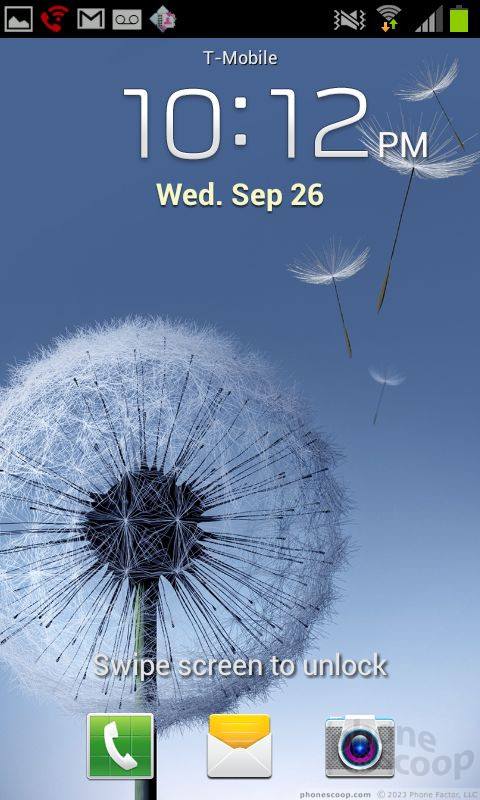
GPS
The Relay ships with Google Maps (complete with Navigation and Latitude), as well as the TeleNav's navigation app. The TeleNav-based app work great and offers an extremely rich set of features that would be perfect for the Relay did they not require a $10 per month subscription. Google Maps is free, and offers nearly identical features. For basic navigation, free trumps $10 in my book. The Relay's GPS radio performed quite well. It found me consistently within about 15 seconds and located me to within 25 feet.
S Voice
Samsung tossed its S Voice app onto the Relay for good measure. Like Apple's Siri, S Voice is a voice-controlled assistant for the Relay. Double tap the home key and S Voice launches, asking you what you want help with. You can search for contacts, dictate SMS messages, check the weather, see alarms, and so on. Performance was mixed at best. At times, it was very fast and very accurate. Other times it was slow and inaccurate.
Wrap-Up
The Samsung Galaxy S Relay is a fine little phone. It fills a hole in T-Mobile's product line-up in amicable fashion. It's an Android 4.0 smartphone with HSPA+, a good processor, and a slide-out QWERTY keyboard. These are key requirements for many a smartphone shopper.
From my perspective, the biggest problem faced by the Relay is the mediocre camera performance. Just about every other feature does well enough. The hardware is somewhat boring, but certainly functional. The software is quick and flexible, and the Relay is great for making phone calls. It offers zippy network performance and so many extras that it wouldn't surprise me if the vast majority of Relay owners never use them all.
In the end, as long as you're not stuck on the idea of having the best camera-phone in the market, the Relay is a fine choice.

Comments
Samsung's craptastic UI tweeks
I'm hoping to get this device as soon as I get my discount. I just hope Samsung supplies at least one update to it. The Sidekick got forgotten in F...
(continues)


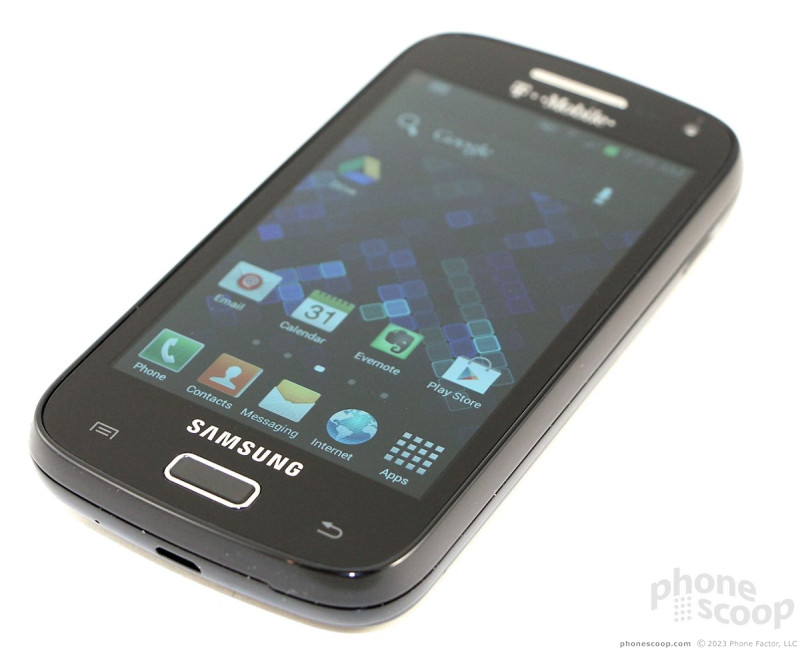

















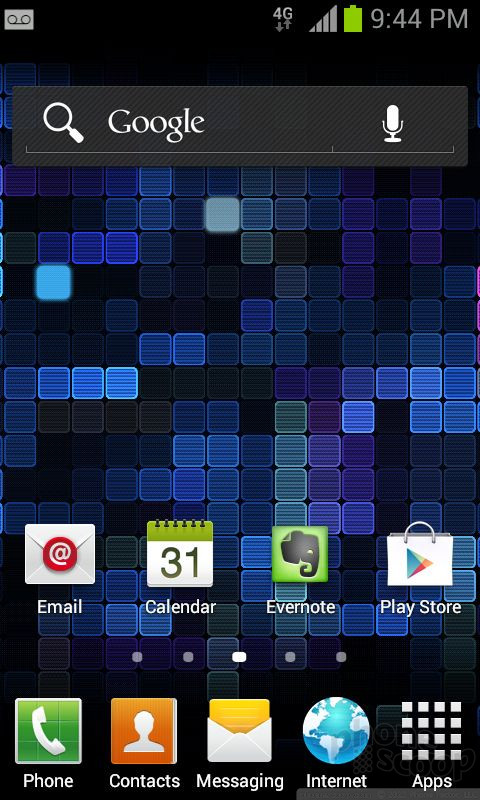



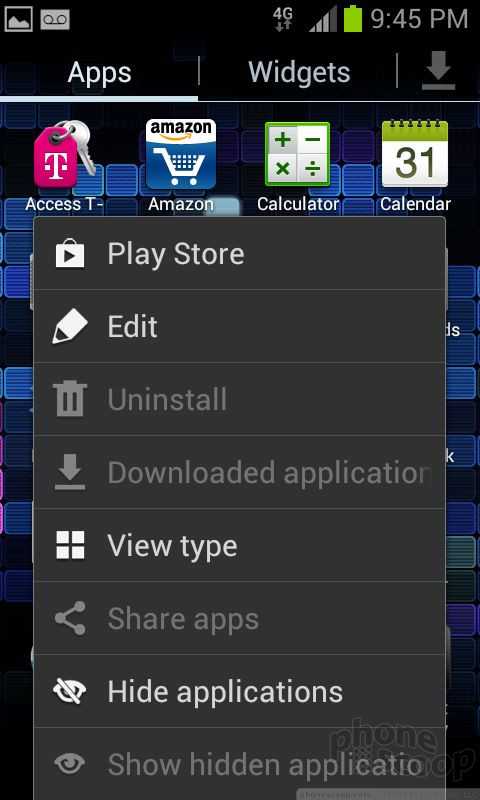



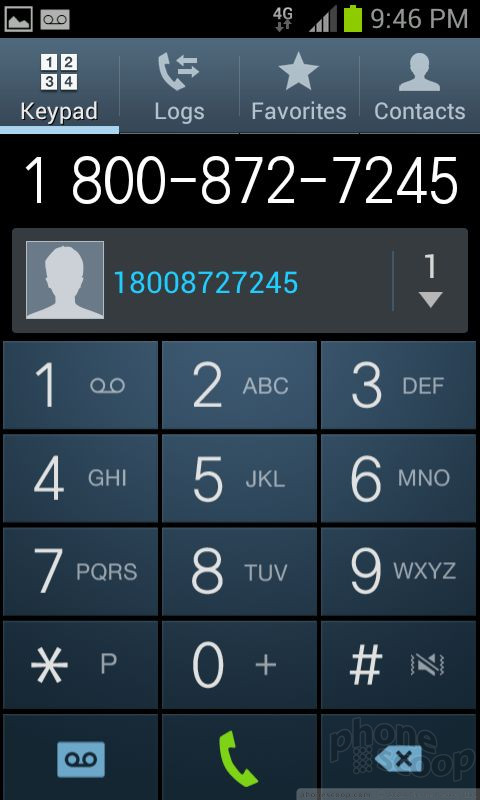












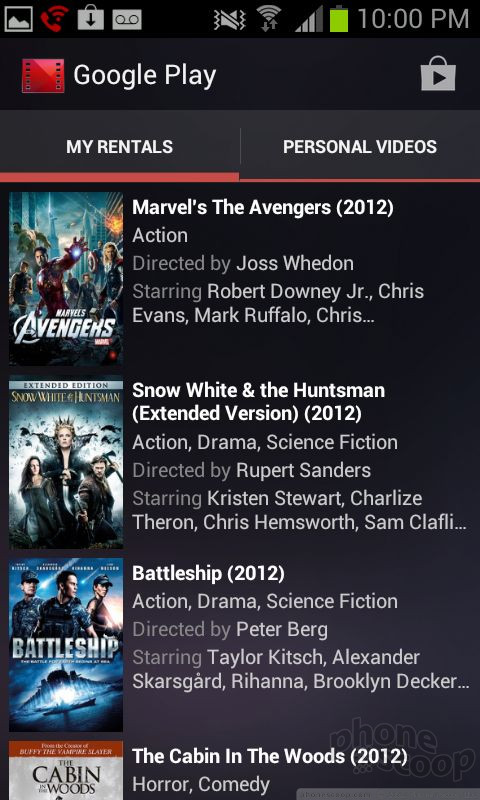




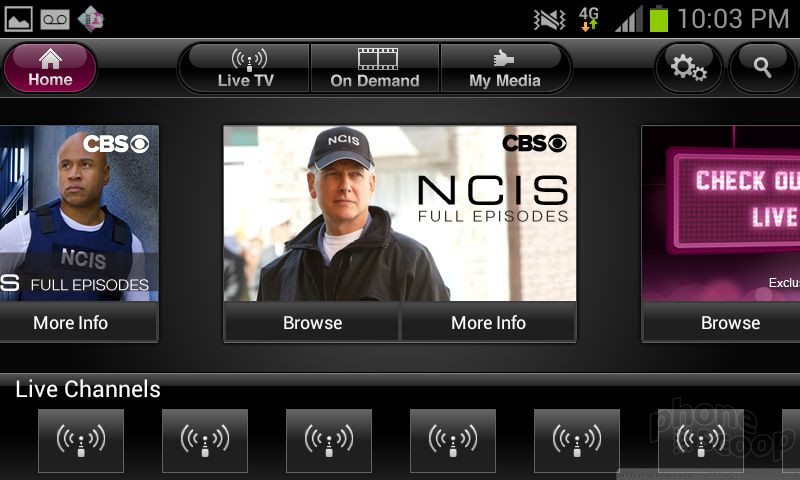





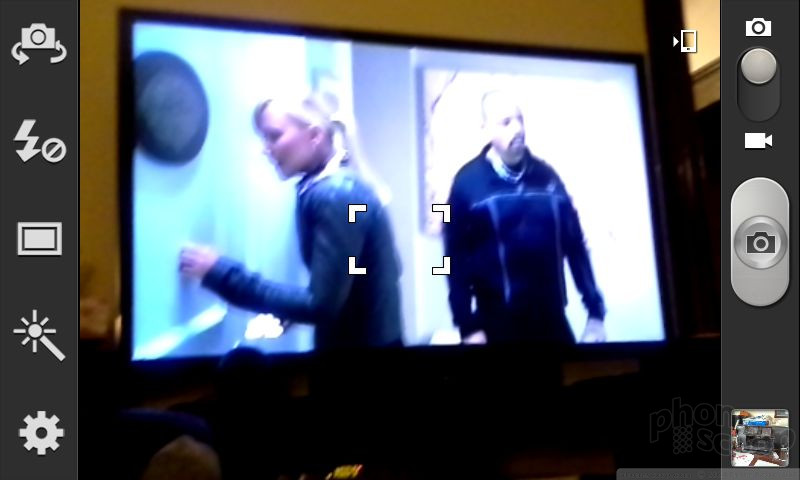















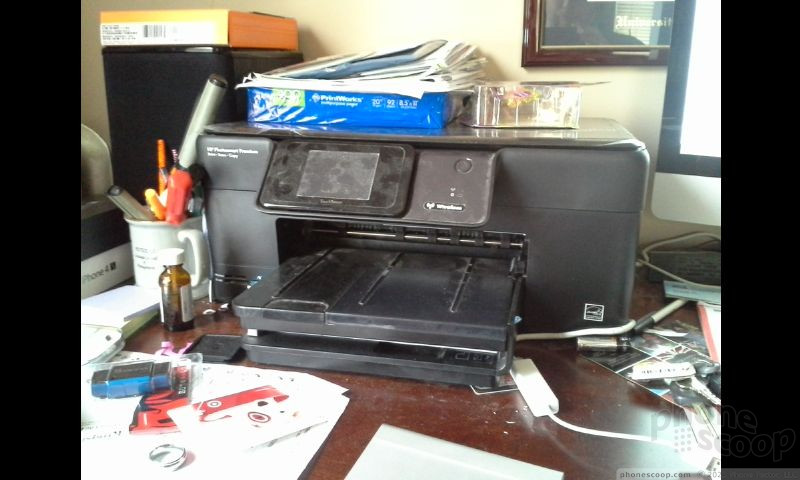





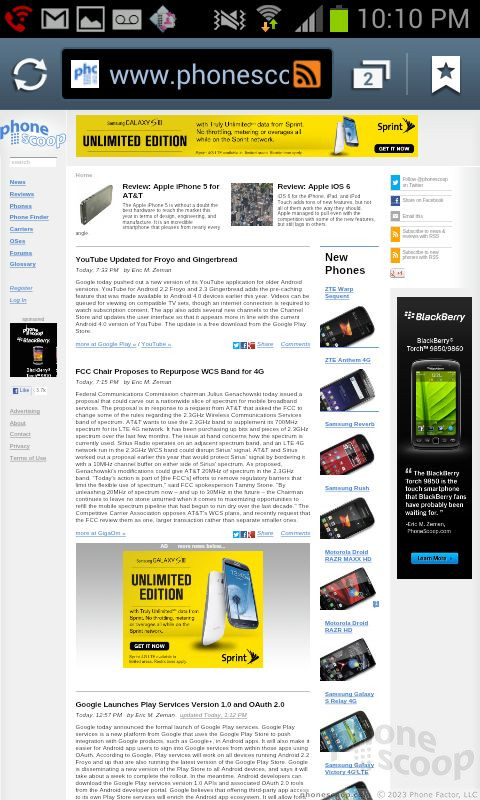





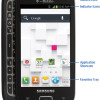 Samsung Confirms 'Galaxy S Relay 4G'
Samsung Confirms 'Galaxy S Relay 4G'
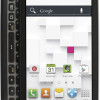 T-Mobile Makes the Samsung Galaxy S Relay 4G Official
T-Mobile Makes the Samsung Galaxy S Relay 4G Official
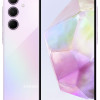 Samsung Expands Mid-Range Lineup with Galaxy A35 5G
Samsung Expands Mid-Range Lineup with Galaxy A35 5G
 Samsung Galaxy S Relay 4G
Samsung Galaxy S Relay 4G




